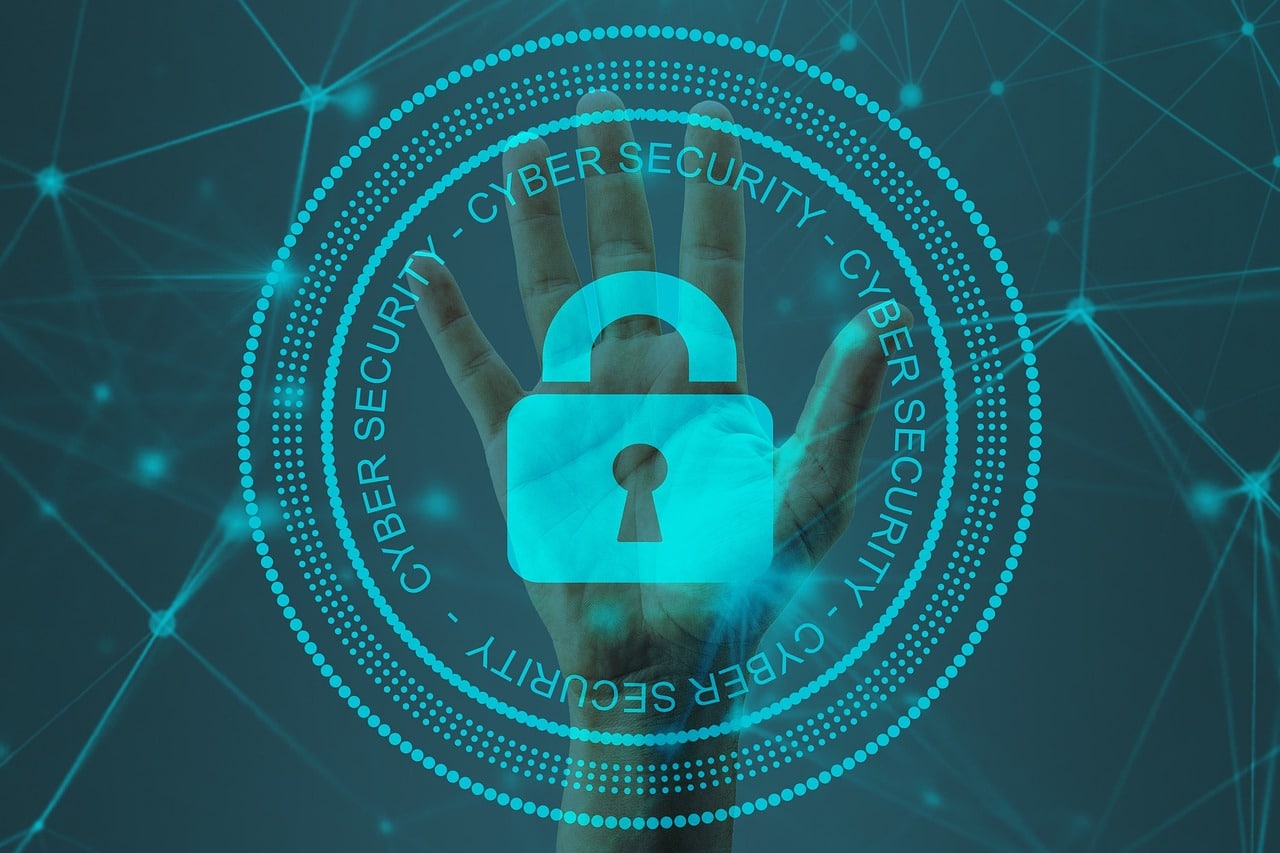
Cyber Security 2024
What are the cybersecurity trends in 2024? In this article, we will assess the current state of cybersecurity, analyzing trends from past years with the aim of understanding which sectors are most at risk of cyber attacks, what can happen if a cyber attack succeeds, and how to prevent potential data losses.
Starting from traditional methods and moving on to innovations, let’s explore together the cybersecurity trends in 2024.
Most at-risk sectors
Cybersecurity is a practice that should concern any type of company, as well as anyone who uses a computer (or a smartphone). Our devices are now huge sources of information about us, sometimes even extremely sensitive. Just think about the damage we could suffer if our credit card data fell into the wrong hands, or if we lost access to our main email, or simply if our social network account were hacked.
Although all companies are now obligated to take the necessary precautions in terms of cybersecurity, some sectors are more at risk than others.
Among these, the manufacturing sector certainly stands out, being one of the most targeted in 2023 and particularly at risk in the coming years. It is an extremely fragile sector because an attack can mean disrupting the supply chain, upon which production depends. The ability to interrupt a company’s production chain allows cybercriminals to potentially blackmail the company, making the attack easily monetizable.
Another at-risk sector is education: in this case, the attractiveness stems from the large amount of information cataloged about students, which can be reused for subsequent attacks, and from a defense system that is sometimes still quite outdated.
Unfortunately, the healthcare sector remains at high risk as well: in this case, the enormous amount of data collected on patients inevitably attracts cybercriminals.
Throughout 2023, there were several examples of cyberattacks that confirm these trends for the coming year. We have even reached a point where cyberattacks occur with such frequency that they no longer make major headlines.
Innovations
There are clearly cyberattacks of different levels: the larger and more structured a company is, the greater its responsibility to defend itself, including at the digital level. However, data shows us that the success of cyberattacks often does not depend on criminal organizations being more powerful than a company’s defenses, but rather on the negligence of those working within the companies themselves, who sometimes fail to take the necessary precautions.
Malicious USB drives, viruses, and phishing are still considered traditional methods in the world of cybercrime. Indeed, analyzing the numbers, it can be noted that many cybercrimes start from these activities.
Among the recent innovations and those of 2024, we find malicious QR Codes: this is a new frontier of phishing, in which a malicious code is sent and, if scanned, infects the victim’s device. Another novelty is “exhaustion” or “fatigue” attacks: these involve sending a huge number of notifications, relying on the fact that this leads to a decrease in attention and thus to the potential success of one of the attacks.
How to prevent
Cybersecurity must be structured on multiple levels, but it probably starts from the individual.
It is in our personal interest to safeguard our data, information, payment methods, and devices, so every individual user must learn to take the necessary precautions in terms of cybersecurity. These are small and simple practices that can make a difference: changing passwords periodically, paying particular attention to suspicious communications, backing up data, using antivirus software, and, above all, activating two-factor authentication, which still represents a significant barrier for cybercriminals.
A company composed of personnel knowledgeable about their own cybersecurity is certainly at an advantage. Clearly, as mentioned, the larger the companies, the more investments in cybersecurity are necessary, and thus programs and departments dedicated to this specific task, so that when the defenses of individual employees are breached, it is not the entire company that suffers, but intervention can be swift.
Even in 2024, the age-old rule will hold true, particularly in the field of cybersecurity: prevention is better than cure. Despite some companies’ reluctance to invest in their cybersecurity, the costs of prevention are vastly lower than those of fixing a situation that has become severely compromised.








